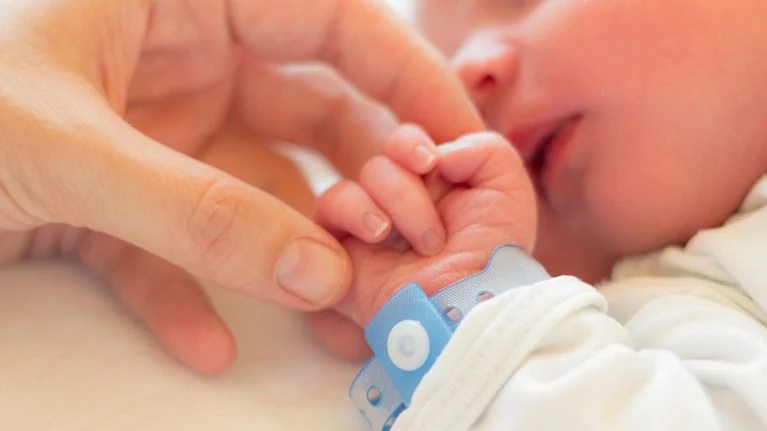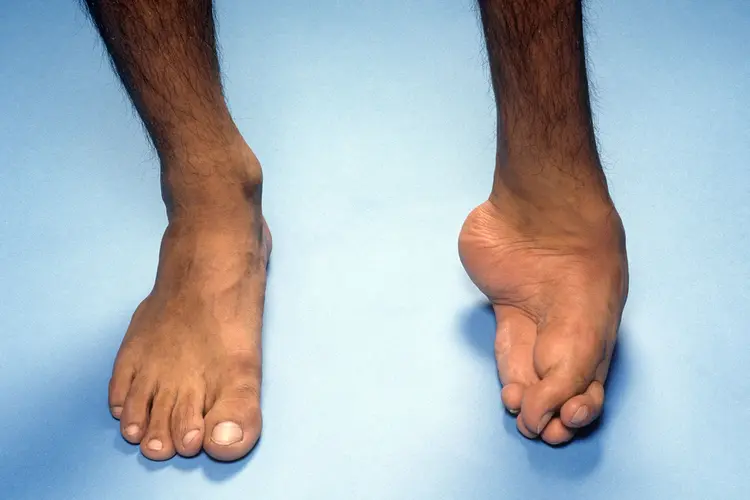Hip Dysplasia in Babies: What You Can Do Right Now
Hip dysplasia in babies can feel overwhelming, but early detection and proper care make a significant difference. At POBAR, our compassionate team specializes in evaluating and treating hip development concerns with gentle, evidence-based approaches. This guide explains the signs, treatment options, and practical steps you can take now to support your baby’s healthy hip growth. Learn how to safeguard your child’s mobility and confidence while working closely with our experienced professionals. Your baby’s health is your top priority, and noticing potential issues early can make a world of difference. Hip dysplasia in babies is a condition where the hip joint isn’t properly aligned, which can affect walking, comfort, and long-term mobility if not addressed promptly. Understanding the signs, knowing when to seek help, and exploring treatment options with a caring pediatric orthopedic team can help you feel empowered as a parent. Understanding Hip Dysplasia in Babies Hip dysplasia in babies refers to a condition where the hip socket does not fully cover the ball of the upper thigh bone. This can lead to instability, which varies from mild looseness to a complete dislocation. While it is relatively common—affecting approximately 1-2 per 1,000 births—early recognition is crucial to prevent complications later in life. Some contributing factors include: Family history of hip dysplasia First-born children, as the uterus may constrain fetal movement Breech position during late pregnancy Swaddling techniques that keep legs straight and tightly bound Signs of hip dysplasia may be subtle, so parents should pay attention to: Uneven leg lengths or folds on the thighs Limited movement on one side A noticeable click or pop when moving the hip Preference for one leg over the other Our team emphasizes that these signs don’t automatically indicate a severe problem, but prompt evaluation is essential for peace of mind and effective treatment. Screening and Diagnosis Early screening is the key to addressing hip dysplasia in babies. Pediatricians typically perform a physical exam at birth and during well-child visits, checking for hip stability using maneuvers such as the Ortolani and Barlow tests. Additional diagnostic tools may include: Ultrasound: Often used for infants under six months to visualize hip joint development X-rays: Typically reserved for babies older than six months to assess bone structure Early detection allows for non-invasive interventions, which are generally more effective and less stressful for the baby and parents. Every screening is conducted with gentle hands and clear explanations so families feel supported throughout the process. Treatment Options for Hip Dysplasia in Babies Treatment depends on the age of your child and the severity of the dysplasia. Most cases respond well to non-surgical interventions if detected early. Pavlik Harness: Soft, adjustable harness that holds the hips in the correct position Typically worn full-time for 6-12 weeks Regular check-ups ensure proper fit and hip development Abduction Braces: Used when the Pavlik harness isn’t suitable or after the initial phase Keeps the legs apart to allow the hip socket to mold correctly Gentle Physical Therapy: Stretching and strengthening exercises may support hip stability Always guided by a trained pediatric orthopedic specialist Surgery (Rare Cases): Reserved for older infants or more severe dislocations Procedures aim to reposition the hip and ensure normal development Each treatment plan is tailored to your baby’s unique needs, with our team providing compassionate guidance through every stage. Supporting Your Baby at Home Parents play a crucial role in supporting treatment for hip dysplasia in babies. Small adjustments in daily care can improve comfort and outcomes. Helpful tips include: Proper diapering: Avoid tightly wrapping the legs together Safe sleeping: Allow natural leg movement within the harness or brace guidelines Gentle play: Encourage activities that promote hip mobility without forcing positions Regular check-ins: Keep all appointments and communicate concerns promptly Every baby responds differently, and we emphasize individualized care plans that blend clinical expertise with practical parenting advice. Long-Term Outlook and Prevention With early intervention, most babies with hip dysplasia develop normal hips and enjoy active, healthy lives. Long-term outcomes are excellent when treatment is timely and closely monitored. Preventive measures focus on safe swaddling, avoiding prolonged straight-leg positioning, and monitoring growth milestones. Parents who notice any unusual hip movement or leg asymmetry are encouraged to contact a pediatric orthopedic specialist immediately. Our team also works with families to provide education on ongoing hip health and guidance through milestones such as crawling, walking, and running, ensuring parents feel confident in supporting their child’s development. When to Seek Immediate Help While many cases improve with routine treatment, certain signs warrant urgent evaluation: Noticeable limp or leg length difference as your child begins walking Persistent hip pain or discomfort Limited movement or a hip that seems “out of place” Clicking or popping sounds accompanied by distress Early intervention not only improves outcomes but also reduces stress for both baby and family. Our team is dedicated to offering prompt and compassionate care whenever concerns arise. POBAR Pediatric Orthopedics: Helping Your Baby Thrive At POBAR, we understand the anxiety that comes with worrying about your baby’s hip health. Our experienced team provides comprehensive evaluations, personalized treatment plans, and continuous support for parents navigating hip dysplasia in babies. From initial screening to treatment follow-ups, we are committed to ensuring your child’s hips develop safely and comfortably. Schedule a consultation today to learn how our compassionate, expert care can give your baby the best start possible. FAQ How early can hip dysplasia be detected? Hip dysplasia can often be detected at birth through physical exams and ultrasound screenings. Early detection significantly improves treatment outcomes. Is hip dysplasia painful for my baby? Many infants do not show obvious signs of pain, though some may experience discomfort with movement. Treatment helps correct the alignment and prevents future pain. Can hip dysplasia go away on its own? Mild cases sometimes improve naturally, but consistent monitoring is essential. We recommend early evaluation to ensure healthy hip development. Will my baby need surgery? Most cases are treated non-surgically with a harness or brace. Surgery is rare and reserved for severe







